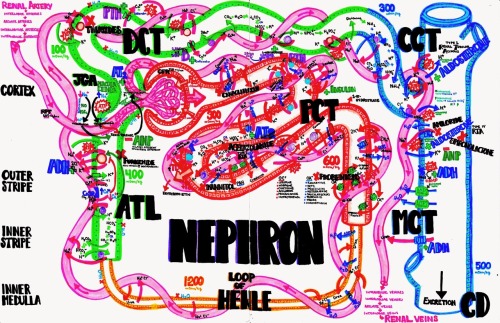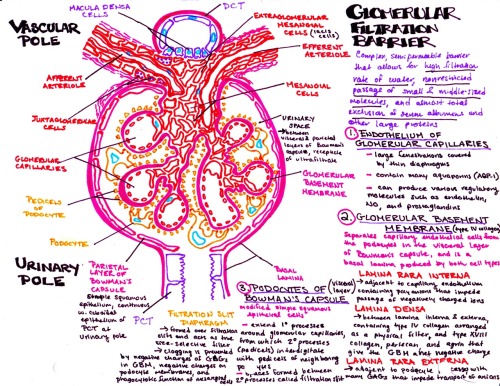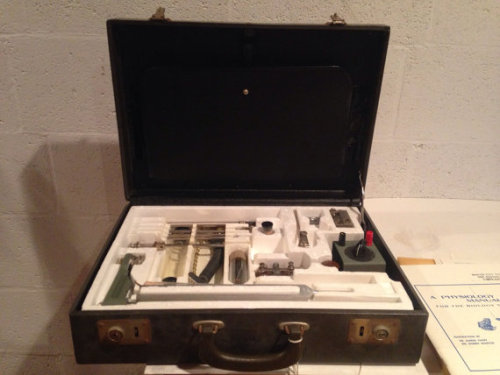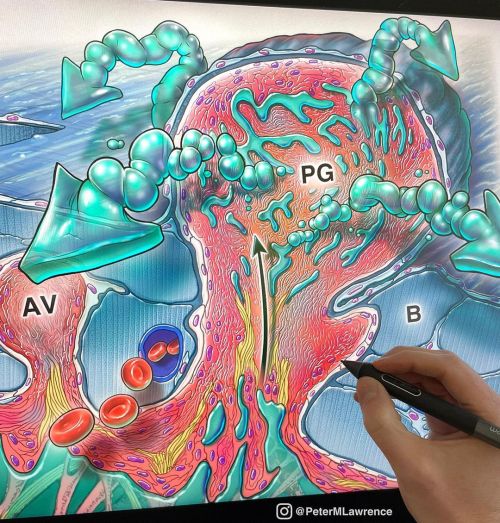#physiology
In order to better understand cardiac defects, it’s best to start off reviewing how a normal heart works. First, the Superior and Inferior Vena Cava carrydeoxygenated blood into the heart (Right Atrium) from other parts of the body. The deoxygenated blood then passes through the TricuspidValve into the Right Ventricle. Thedeoxygenated blood is following the pathway through the heart in order to get to the lungs to gain oxygen, next the blood passes through the PulmonaryValveand enters the Pulmonary Artery, the pulmonary artery is special because it is the only artery in the body that carries deoxygenated blood. Once the deoxygenated blood passes through to theLungsit becomes oxygenated. The newly oxygenated blood then flows back to the heart through the Pulmonary Veins and into the Left Atrium. It then passes through the MitralValveand into the Left Ventricle. The blood is then contracted through the AorticValveinto the Aortaand to the rest of the body.

The Fetal Heart:
During the fetal period and some time after birth, the circulation is quite different. The heart has more, holes, if you will in order for the fetal blood to bypass the lungs that are unable to oxygenate blood while the fetus is in utero.
- The Foramen Ovale is an opening that allows passage of blood from the Right Atrium directly into the Left Atrium. The blood passing through is already oxygenated from the placenta.
- The Ductus Arteriosus is an opening that passes oxygenated blood from the Pulmonary Artery directly into the Aortato get pumped to the rest of the body.
Normal changes in the heart after birth:
- Ductus Arteriosus closes
- Foramen Ovale closes
- Ductus Venosus (connection from the umbilical cord) closes
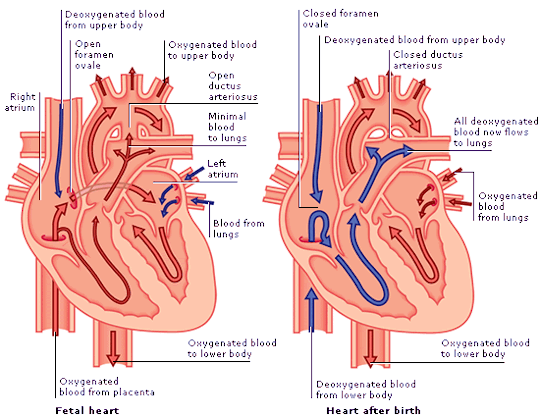
“The spell of certain grammatical functions is ultimately also the spell of physiological valuations and racial conditions.”
—F. Nietzsche, Beyond Good and Evil, §20 (excerpt).
“To study physiology with a clear conscience, one must insist that the sense organs are not phenomena in the sense of idealistic philosophy.”
—F. Nietzsche, Beyond Good and Evil, §15 (excerpt).





My current anatomy stitches stitches on water colour painted fabric. All pieces will be different and totally unique.
They will arrive hooped in a wooden 6x6 inch hoop.
Message me to order or go to my Etsy! ✨
There is this feeling I get after my heart breaks, metaphorically of course, I do know hearts are muscles and do not break, but when something that felt so real and so infinite ends, I cannot help but feel like my body is physically hurt.
It feels like my ribs are breaking, one after another, in different spots and they keep breaking and breaking, putting more and more pressure on my chest, making it impossible to breathe. I feel the air coming through my nose and never making it down my windpipe because it is being crushed by my chest collapsing into itself. There is sharp pain in my throat when air touches it and soon I cannot breathe at all. My eyes hurt, they are bloodshot, bleeding, blood dripping down my face onto the ground and it hurts. My body is shaking and there is no way to stop it, it moves with every inhale and exhale and even when my chest is broken down and barely gets air through, my body still shakes, my muscles keep cramping, contracting stronger and faster and at some point, my body does not handle it any more. It shuts down.
Then a new kind of pain begins. There is a headache I can feel right in the center of my forehead. It starts there, where the emotions are controlled, it starts where everything started to fall apart. If feels like every single cell there is shutting down, either dying or slowly burning to death. It almost feels like needles stabbing every single one of them, making the brain unable to control whatever is going on. It moves up and affects my thinking, making me believe there is nothing left for me in the world, making me believe, there is no plan, no future.The pain spreads to the top of my head, makes it unable to move, makes my whole body hurt again, all the ribs breaking, the body shaking, now it gets worse. It affects the vision and makes it even blurrier and all I see is him in front of me, everywhere I look and that hurts even more.
After my whole brain feels like it is bleeding out and being torn apart, the last part of brain starts to hurt. The little piece of where every perfect memory is stored, where memories of first dates, kisses, ‘I love you’s and so much more, live, that is the part that hurts the most. This little part is the main reason the whole brain is hurting, the only reason my body is breaking. The memory of perfect little moments of time we shared is why breakups make me think there is something physically wrong with me when it happens, because it does affect my whole body, it affects every cell that lives inside me and all of them start hurting at the same time.

Hi guys,
Here I am with another post about one of the more demanding but fascinating exams in med school.
I am a physiology lover over anatomy, and it was a pleasure to study this subject, even though I admit it was tough.
When I first had a look at the syllabus, it seemed to me it was immense. In my University, it is a single exam, with the possibility of splitting it into two partial interims during the same exam session.
Since the coursework was enormous, I decided to break it into pieces, worrying about one part at a time. Every section was a macro topic, such as neurophysiology, physiology of the cardiovascular system, etc.
Here is what I did for every piece:
1.Attend classes: I think this is an unskippable point for the physiology exam. It is a subject that you must understand more than memorizing. Go to class, ask questions, take precise notes, and you will have done nearly half of the work.
2. Deepen: I used the book to add extra information to my notes, to have a complete view of the topic. Physiology is an enormous subject, so the professor does not have time to deal with all the material. Having a general idea of the omitted parts will be helpful to understand the subject better.
3. Schematize: at the end of every section, I made a minimal scheme. It was a sort of index of the topics, with titles and subtitles, to have a precise outline in my mind. I used different colours for every section to visually remember it.
After having gone through all the material, I picked up the pieces. With a general idea of the subject in mind, I read all my notes again. While reading, I hooped the keywords with a pen.
For every part, I wrote on a copybook the essential information, using colour coding. For example, for the cell physiology, which was purple, I wrote all the necessary formulas. For the neurophysiology, which was pink, I schematized the principal sensory pathways. For the endocrine system, I draw a chart of the main hormones and their characteristics.
Then I started recalling everything to understand whether I could build a speech on all the topics. I did this alone, speaking out loud but also with my usual study buddy.
Also, since it was a written test, I practised using the past rounds’ exams.
And that’s it! Hope this can be useful to someone, and good luck if you are preparing for this exam
May 26th 2021
Night studies (again)
Had a very bad news today and I wasn’t in the mood of studying at all, so I decided to take a day off. In the evening I felt a boost of motivation and I took advantage of it


May 17th 2021
Night studies


May 15th 2021
May makes me in a pink mood
May 14th 2021
Online class, muji candle and pink mood


Physiology notes and tasty poke


May 4th 2021
My favorite corner of my room


T minus 135
Keeping this drive despite the uncertainties of the future. I don’t know when I will become a doctor, but I’ll just try everyday to work towards that.
ig:studyingdoc
Fig. 48. Digestive system of grain-eating birds. La vie : physiologie humaine appliquée à l'hygiène et à la médecine.1874.
Post link


18.05.2020
i’m finding it kinda hard to stay productive in these times, friendly reminder to myself and everyone out there that it’s okay (^з^)~
Sneak peak of a special project I’m working on. Can anyone guess what this is?
#microbiology #posterdesign #physiology #medicalbook #textbook #brainscience #medicalassistant #cellbio #medstudentlife #residents #medschool #generalsurgery #physicianassistant #neurocirurgia #spinal #spinesurgery #learningmedicine #medicalassistantlife #journalcover #neurologist #medicalschoolmemes @neurocirurgiabr (at Phoenix Art Museum)
https://www.instagram.com/p/CXYwlpPlXDg/?utm_medium=tumblr
Post link


